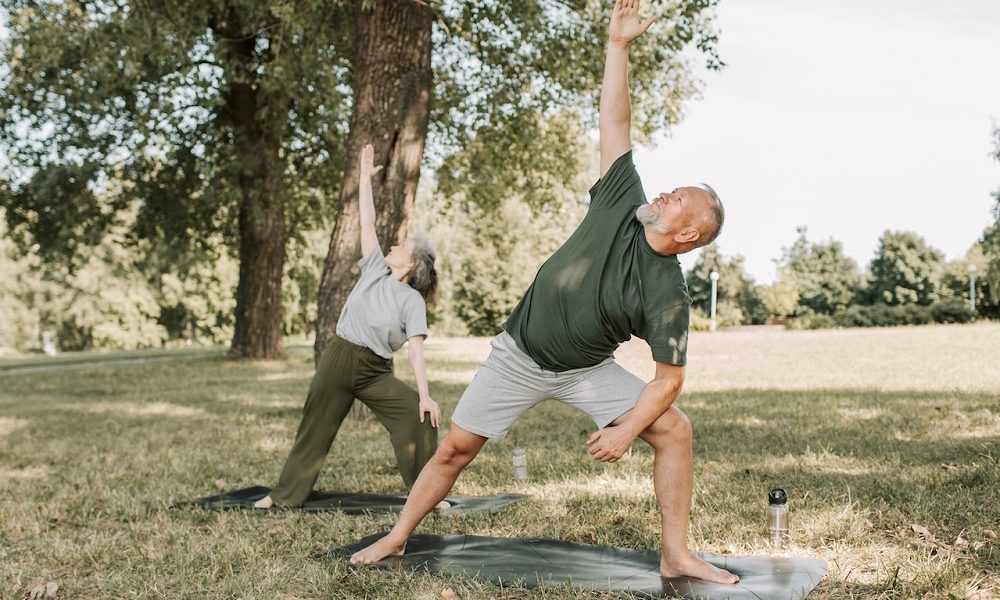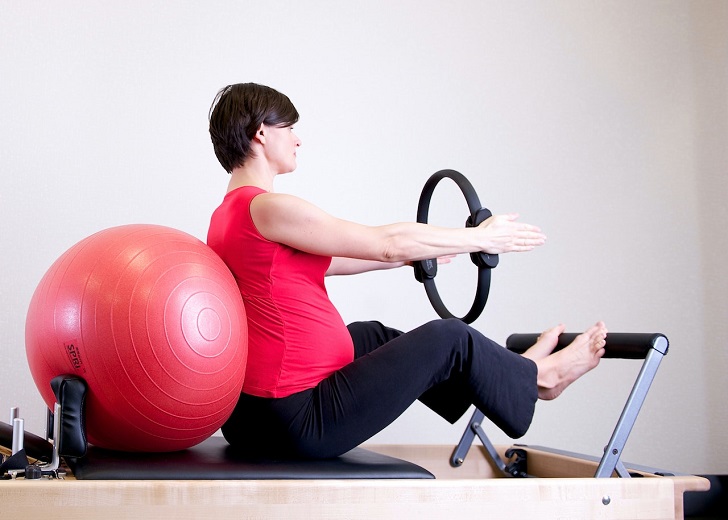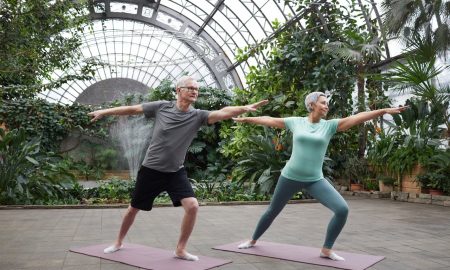
The Benefits of Working Out After 40

As we age, our bodies undergo various changes that can impact our overall health and well-being. However, maintaining an active lifestyle and incorporating regular exercise into our daily routine can be incredibly beneficial, especially for those over 40.
While it’s natural to slow down with age, staying active can help combat the effects of aging and improve physical, mental, and emotional health. This article will explore the numerous advantages of working out after 40 and why it’s never too late.
Improved Muscle Mass and Strength:
As we age, we tend to lose muscle mass and experience a decline in strength. Regular exercise, particularly strength training and resistance exercises, can help counteract this muscle loss and even lead to an increase in muscle mass. Strong muscles contribute to better physical performance and support joint health and stability, reducing the risk of injuries.

Pixabay/ Pexels | Exercise not only changes your body; it changes your mind, your attitude, and your mood
Enhanced Bone Health:
Bone density decreases as we age, increasing the risk of osteoporosis and fractures. Engaging in weight-bearing exercises like walking, jogging, dancing, and weightlifting can help stimulate bone growth and improve bone density, reducing the risk of bone-related conditions.
Cardiovascular Health:
Heart health is crucial at any age but becomes even more important as we age. Regular cardiovascular exercises, such as brisk walking, cycling, swimming, and aerobic workouts, help strengthen the heart and improve blood circulation. This, in turn, reduces the risk of heart disease, high blood pressure, and other cardiovascular issues.
Weight Management:
Metabolism tends to slow down with age, making it easier to gain weight and harder to shed those extra pounds. Regular physical activity can boost metabolism, making weight management more achievable. Combining exercise with a balanced diet can help maintain a healthy weight and reduce the risk of obesity-related health problems.

Jessica Monte/ Pexels | Don’t let age dictate your limits
Increased Flexibility and Balance:
Stretching exercises, yoga, and Pilates are excellent choices for those over 40, as they help improve flexibility and balance. These activities can reduce the risk of falls and injuries, which become more prevalent as we age.
Stress Relief and Mental Health:
Exercise is a powerful tool for reducing stress and anxiety. Physical activity stimulates the release of endorphins, which are natural mood boosters. Working out after 40 can significantly improve mental health, promoting a more positive outlook and reducing the risk of depression.
Cognitive Function:
Regular exercise has been linked to improved cognitive function and a reduced risk of cognitive decline. Engaging in activities that challenge the brain, such as dance classes or learning a new sport, can also support brain health and memory.

Puwadon Sang-ngern/ Pexels | Working out after 40 offers a myriad of benefits that contribute to better physical, mental, and emotional health
Social Interaction:
Working out after 40 doesn’t have to be a solitary endeavor. Joining fitness classes, sports clubs, or recreational groups can provide opportunities for social interaction, fostering new friendships, and combating feelings of loneliness.
Better Sleep:
Many adults over 40 struggle with sleep disturbances, negatively impacting overall health. Regular physical activity can help improve sleep quality and promote a more restful night’s sleep, leading to increased energy levels and improved mood during the day.
Increased Longevity:
The cumulative effects of regular exercise contribute to a longer and healthier life. Studies have shown that physically active individuals tend to live longer and have a lower risk of chronic diseases compared to sedentary individuals.
More in Fitness
-
`
Amanda Bynes Pregnant at 13? Debunking the Rumors
In recent years, the internet has been ablaze with rumors surrounding former child star Amanda Bynes, particularly regarding allegations of a...
July 1, 2024 -
`
Can Baking Soda Clean Your Lungs?
Years of inhaling cigarette smoke, pollution, and other toxins can leave you longing for a way to cleanse your lungs. The...
June 27, 2024 -
`
How to Build Muscle Mass After 60? 5 Proven Strategies
Curious about how to build muscle mass after 60? You are not alone. And the good news is that it is...
June 20, 2024 -
`
Prediabetic Foods That Can Lower Your Blood Sugar in 2024
Prediabetes is a health condition characterized by blood sugar levels that are higher than normal but not high enough to be...
June 13, 2024 -
`
Kelly Clarkson’s Weight Loss Journey | Here Are the Details
Kelly Clarkson’s weight loss has been a hot topic among fans and media alike. The iconic American singer and host of...
June 3, 2024 -
`
Essential Vitamins for Gut Health – A Comprehensive Guide
Our gut does more than just digest food – it plays a vital role in immunity, mood, and overall health. But...
May 30, 2024 -
`
Looking to Build A Stronger Sculpted Back? Try Cable Back Workouts
Back workouts using cables, or cable back workouts as they are commonly known, have become the gold standard for anyone aiming...
May 22, 2024 -
`
How Much Water Should I Drink on Creatine? Hydration Tips
Creatine, a popular supplement among athletes and fitness enthusiasts, has gained widespread recognition for its ability to enhance muscle strength, power,...
May 17, 2024 -
`
What Is Bruce Willis’s Net Worth? Get the Inside Scoop Here!
Bruce Willis, the action hero who has saved the day countless times on screen, has built a legendary career. But how...
May 11, 2024















You must be logged in to post a comment Login